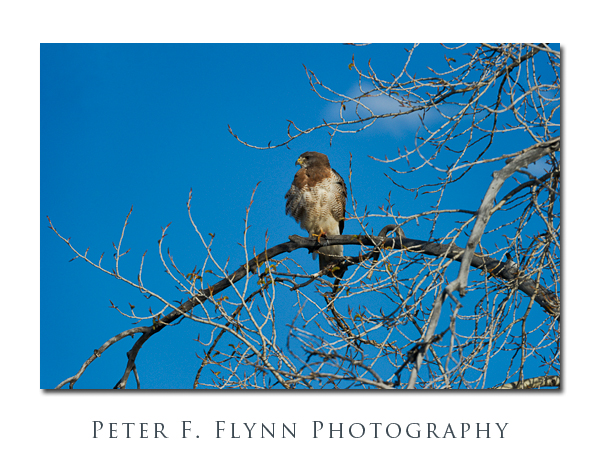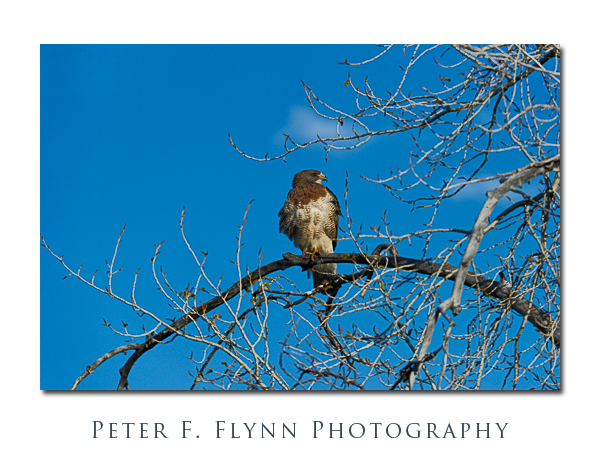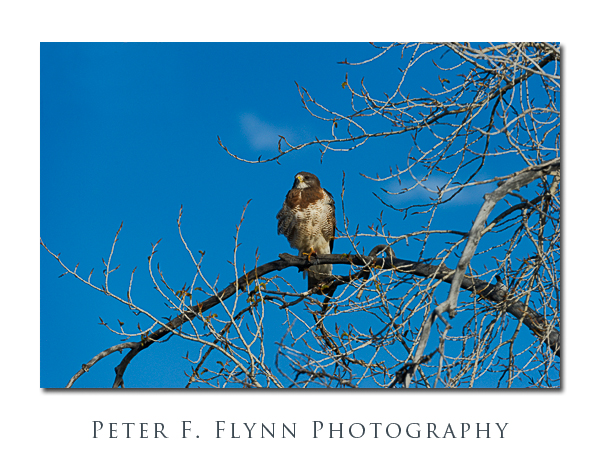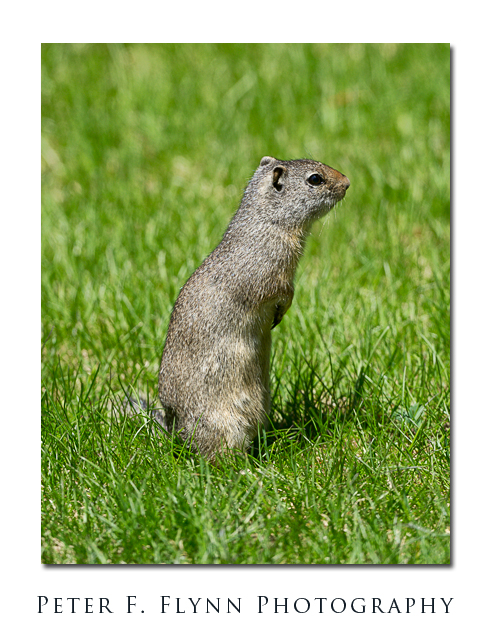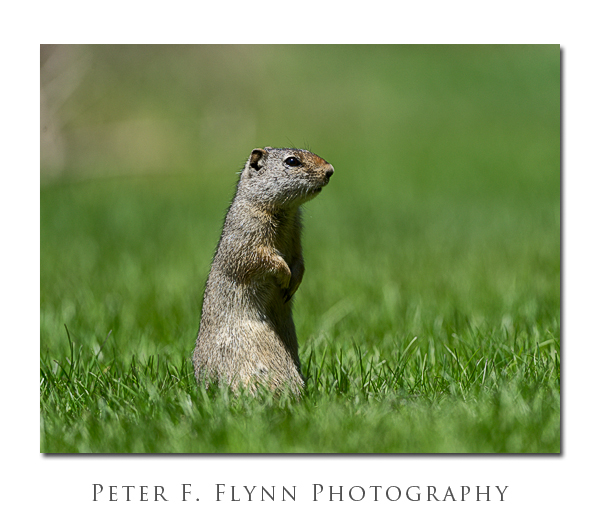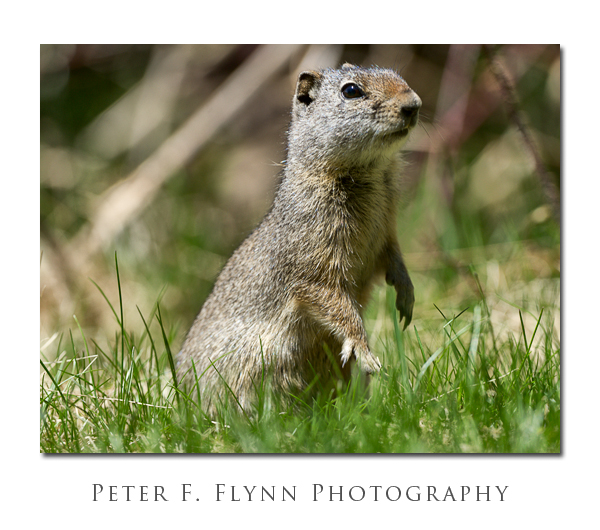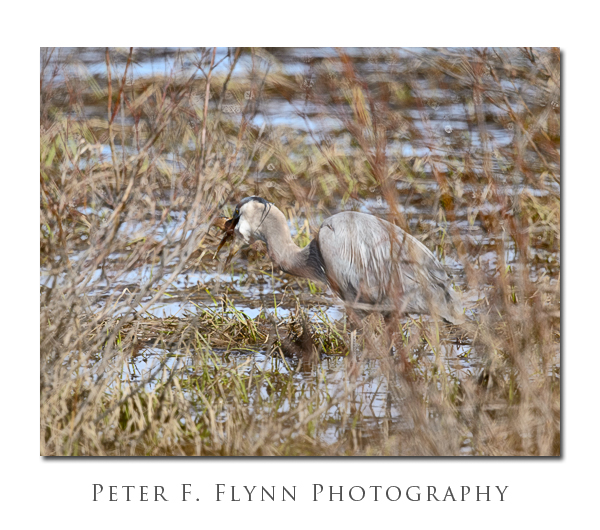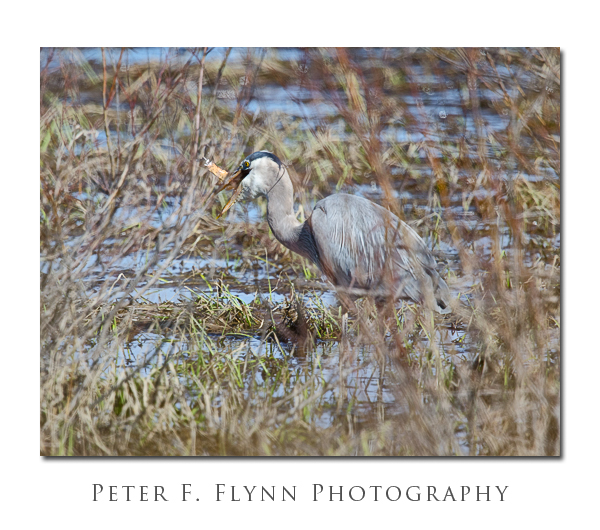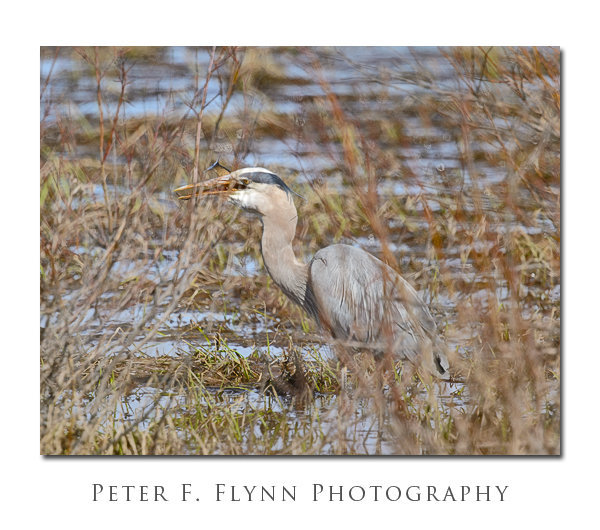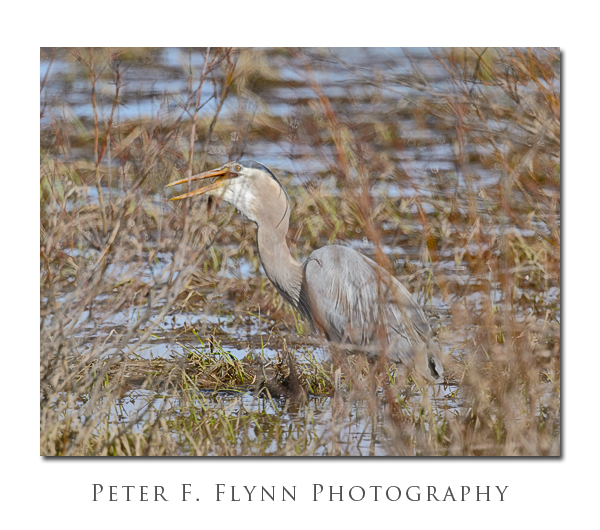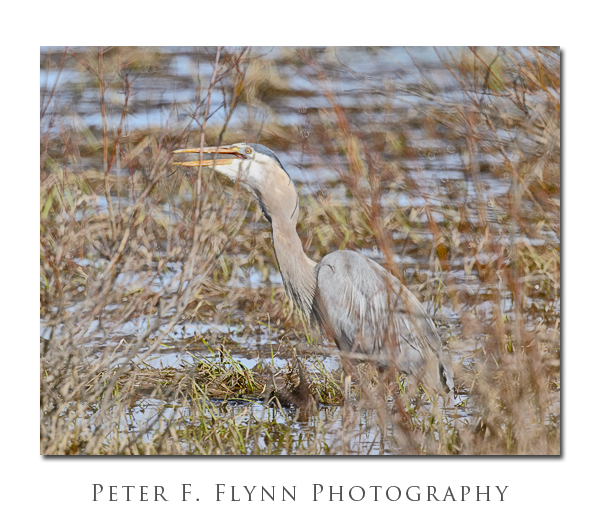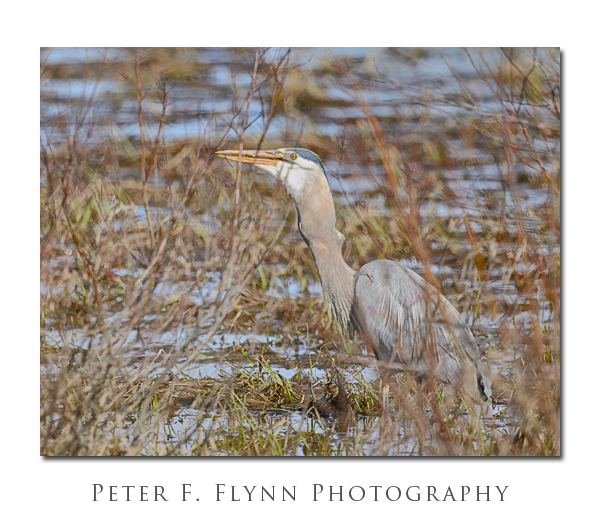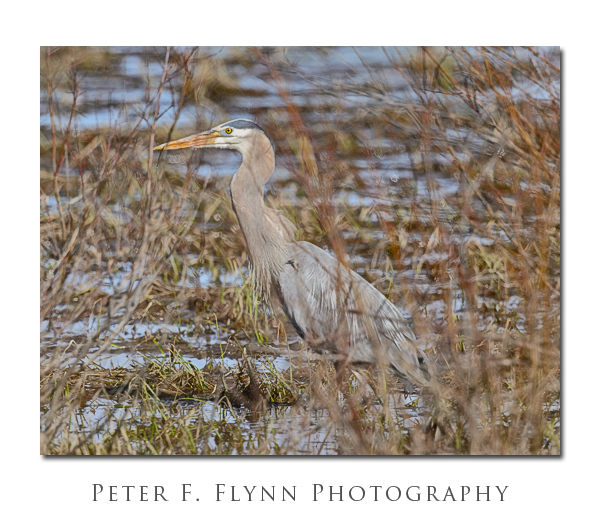We found this adult light phase Swainson’s Hawk, Buteo swainsoni, on the east side of the Jackson Hole Highway, just east of the airport. Yes, remarkably, there is an airport in Grand Teton National Park… A Google Map link to the site may be found here.
Although it is quite common to observe Hawks along the roadways of the mountain west, they are generally pretty skittish, and fly off as soon as you approach to within capture range . This bird tolerated us very well, and only took flight as we were pulling back on to the highway. I like this composition – in spite of the fact that the bird itself lies just about dead-center, the arch of the limb on which the bird is perched makes the placement seem natural. Note that several extraneous small limbs have been cloned out in the upper left sky region.
Images in this entry were recorded at 19:30 MDT on June 3, 2011, using the Nikon D3s and the AF-S VR Zoom-NIKKOR 200-400mm f/4G IF-ED lens at 400mm. Exposure was f/8.0 and 1/2000, ISO at 800. Hand held. Yes, of course I could have lowered my ISO and made these captures at 1/800s or 1/1000s, however knowing that any capture is infinitely better than making no capture at all, I used the settings that were left in the camera from the previous location. This is an important detail – even when there are no images to be made, I (try to) continuously check camera settings to keep them in a usable range, e.g., f/8.0 and 1/1000s. Very little work on the processing here… Images spots (sky) were removed using the Healing Brush tool. A few extraneous limbs were removed from the upper left hand corner of the images using the Clone Stamp tool. Capture sharpening applied using Photokit Sharpener. Nik Viveza 2 was using to enhance microcontrast (Structure set at 40), color saturation (Saturation at 10), and contrast (Contrast at 10). Minor edge darkening applied using Nik Color Efex Pro 2 (Darken/Lighten Center).
Thanks to Dr. Jack Skalicky for the confirmation of the bird identification.
For additional information on the Swainson’s Hawk, interested readers are directed to the following websites:
All About Birds: http://www.allaboutbirds.org/guide/Swainsons_Hawk/id
Friends of the Swainson’s Hawk: http://www.swainsonshawk.org/
Wikipedia Page: http://en.wikipedia.org/wiki/Swainson%27s_Hawk
Copyright 2011 Peter F. Flynn. No usage permitted without prior written consent. All rights reserved.
